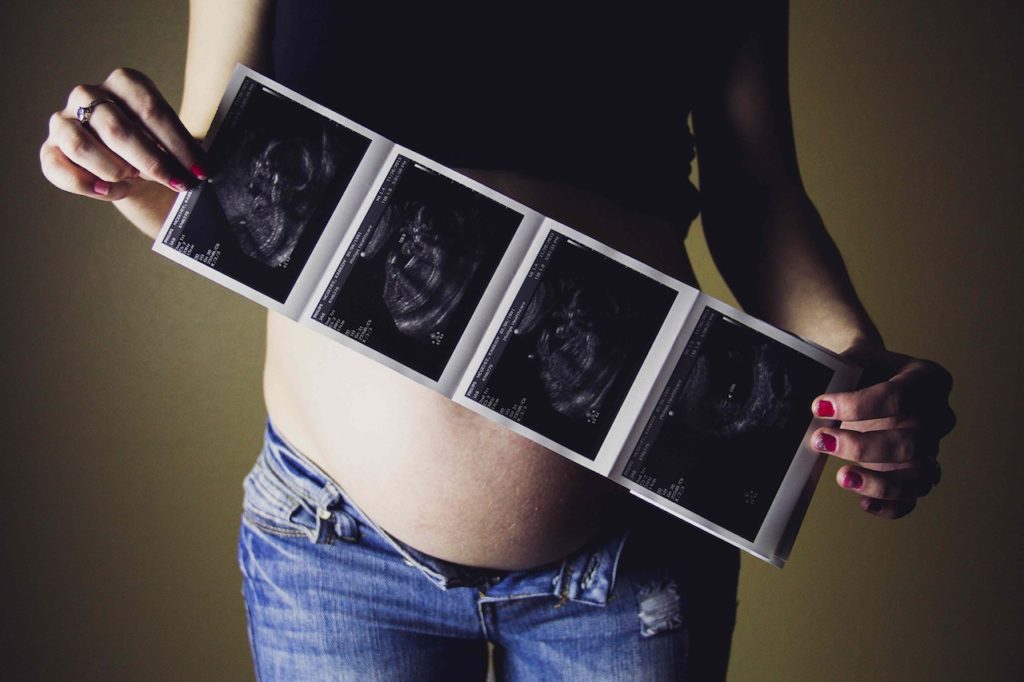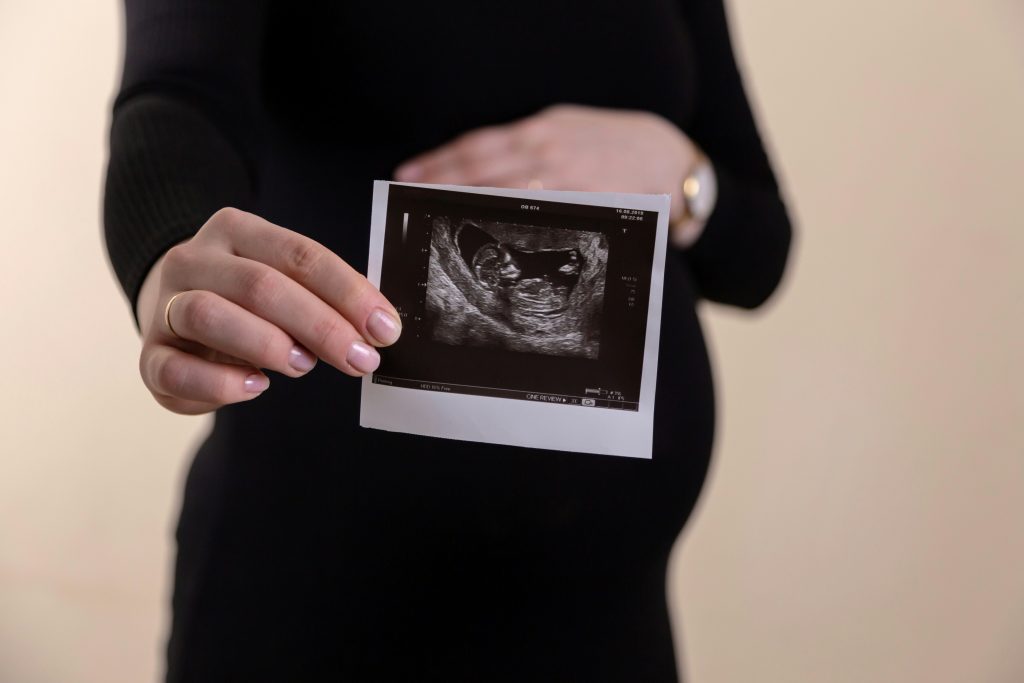
CRITICAL HEALTH & SAFETY DISCLAIMER
mothernity.co.uk is a platform for informational and educational purposes only. This content is based on general research and experienced parent insight and is NOT a substitute for professional medical advice, diagnosis, or treatment. Always seek the advice of your qualified healthcare provider (GP, midwife, or consultant) with any questions you may have regarding a medical condition or before making changes to your health plan or treatments. Never disregard professional medical advice or delay seeking it because of something you have read here.
If you’re pregnant and living in the UK, you’ll undergo a series of tests and scans during your pregnancy. One of these is the 20-week anomaly (morphology) scan.
What is the anomaly scan, and when is it done?
The 20-week anomaly scan is a comprehensive ultrasound scan, the most important and detailed one during your pregnancy. It’s usually performed between 18 and 21 weeks of pregnancy and typically takes about 30 minutes. For this scan, you might need to have a full bladder. The good news is that your partner can accompany you into the scanning room, so you can share this experience.
This black-and-white scan is offered to all pregnant women, and there are no known risks to the baby. However, you have the option to decline it if you choose. The primary purpose of the 20-week scan is to thoroughly examine your baby’s physical development. In most cases, you’ll receive the results immediately, unless additional scans are required, which will be communicated to you right away.
What happens during the 20-week anomaly scan?
By this stage, you likely would have already had the 12-week scan. If not, here’s what you can expect. The scan will be conducted in a specially equipped room, often in the hospital. The lighting will be dimmed to allow better visibility of the images on the monitor. The sonographer will apply gel on your abdomen (covered by some tissues) and gently move a probe over your skin. This will display a black-and-white image of your baby on the monitor.
The scan is painless but might cause some discomfort depending on your baby’s position. Occasionally, the sonographer might apply slight pressure to capture a clearer image of a specific part of your baby’s body.
The doctor will carefully examine your baby’s bones, heart, brain, spinal cord, face, kidneys, and abdomen. They’ll also assess the position of the placenta, the umbilical cord, the amniotic fluid around the baby, as well as your uterus and cervix. Additionally, the sonographer will take measurements of the baby, which are used to confirm the expected due date.
What conditions will the doctor look for?

The ultrasound scan will check for 11 rare conditions. In most instances, the results will indicate that the baby is developing normally. These conditions include:
- Anaecenphaly
- Open Spina Bifida
- Cleft lip
- Diaphragmatic hernia
- Gastroschisis
- Exomphalos
- Serious cardiac abnormalities
- Bilateral renal agenesis
- Lethal skeletal dysplasia
- Edward’s syndrome or T18
- Patau’s syndrome or T13
It’s important to note that some conditions might be more evident than others, and not all conditions will be definitively visible. For example, a heart defect is detectable in about 5 out of 10 babies with such a defect, while spina bifida shows in around 9 out of 10 babies with the condition.
What if I have a low-lying placenta?
If the sonographer identifies that your placenta is positioned low in your uterus, it’s called placenta praevia. There’s usually no immediate cause for concern. However, it’s recommended to undergo another ultrasound between 32 and 34 weeks to check if the placenta has moved away from the cervix. If the placenta remains close to the cervix, there could be an increased risk of bleeding during labour. In such cases, your doctor will discuss the situation with you further.
In most instances, the placenta will naturally move away from the cervix before the next scan, without posing additional risks to you or your baby.
Can I find out my baby’s gender?
The sonographer can often determine the baby’s gender with about 95% accuracy. If you’d rather wait until birth to learn the sex of your baby, it’s a good idea to let the sonographer know not to reveal the information during the scan.
Can I get a picture of my baby?
Some hospitals may offer the option to purchase a few black-and-white images of your baby in the womb. It’s a good idea to inquire about this before the scan. If the option is available, the sonographer will try to capture a clear image of your baby and provide you with the images after the scan.



